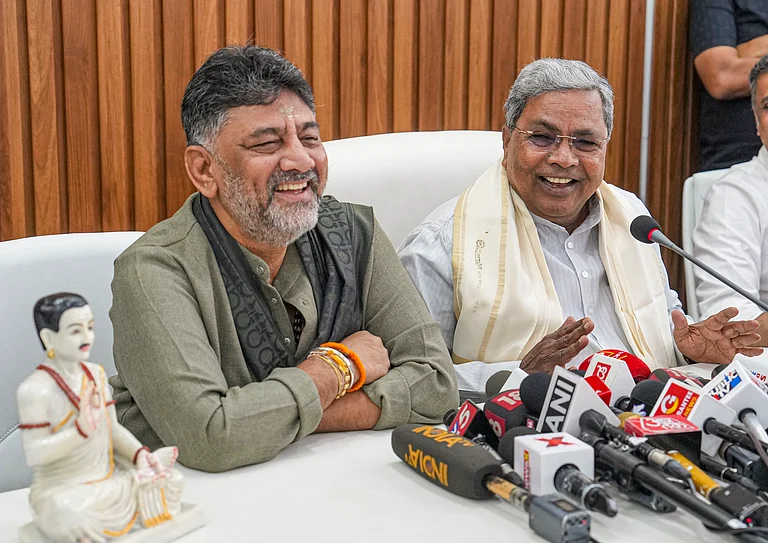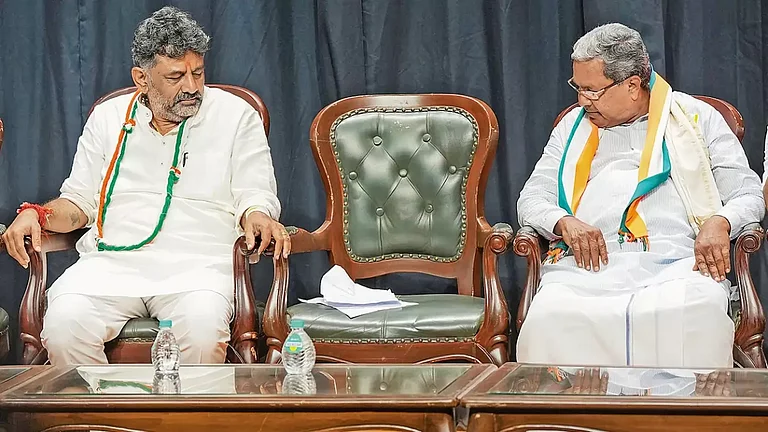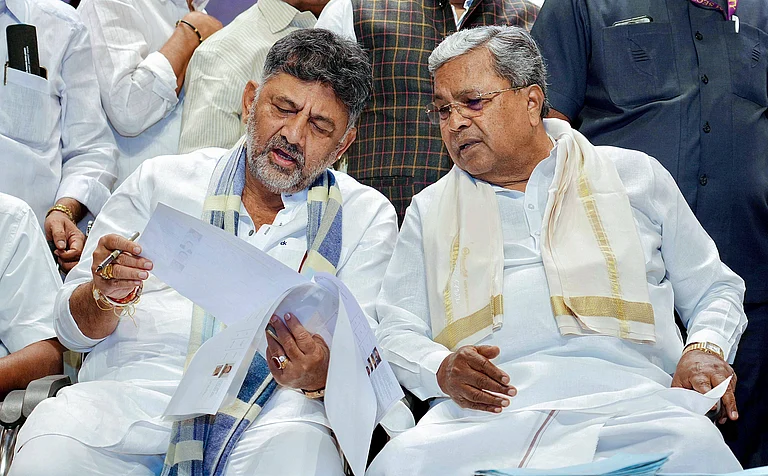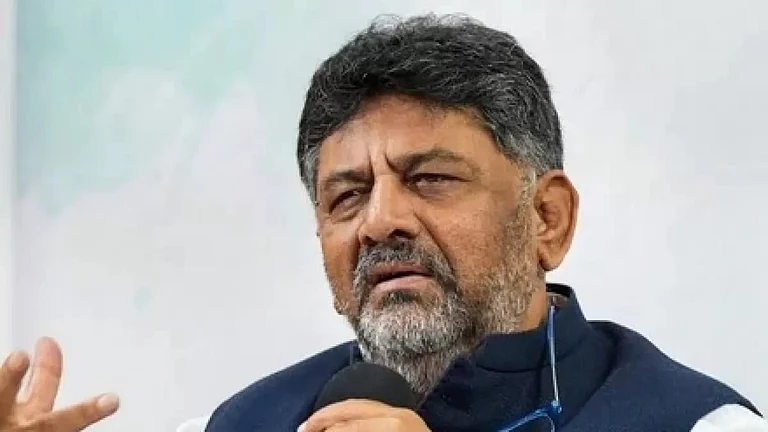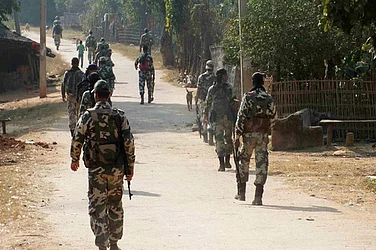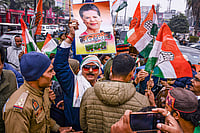Siddaramaiah, a seasoned Congress leader renowned for his strategic acumen and influential role in the AHINDA movement, has emerged as the Chief Minister of Karnataka after the Congress scored a thumping victory in the assembly elections. On the other hand, DK Shivakumar will be the Deputy Chief Minister, as announced by Congress general secretary KC Venugopal during a press conference.
Having turned 75 years in August, Siddaramaiah believes that this is his ‘last election’ and has been given the golden opportunity to take another shot at chief ministership.
Hailing from a poor farmer's family in a village in Mysore district, Siddaramaiah graduated from Mysore University with a B.Sc. degree, becoming the first person from his family to graduate from college. He later pursued his law degree from the same university and practised law for some time.
Siddaramaiah served as the Chief Minister of Karnataka for five years from 2013 to 2018, and party insiders as well as poll surveys carried out ahead of elections by some media perceived him to be a suitable option for the next CM in line.
He was first elected to the Karnataka assembly in 1983. He then became Deputy Chief Minister in 1994 but as part of the Janata Dal government. From the early 1980s to 2005 he was known to be a die-hard anti-congressman. But soon the equation shifted followed by his ouster from JDS led by former Prime Minister Deve Gowda.
Siddaramaiah then sought to rebuild his political career by ‘reinventing’ former chief minister D Devaraj Urs’s formula of garnering support from the most backward communities to present a strong front against the forward communities.
Along with Congress leaders – HC Mahadevappa, CM Ibrahim, H Vishwanath and others, he floated a political combination with the Kannada acronym ‘AHINDA’ (‘A’ for alpasankhyatharuor or minorities, ‘hin’ for hindulidavaru or backward classes and ‘da’ for dalitharu or the Dalits).
The Ahinda leaders held public rallies across the state which drew huge crowds. In 2006, Siddaramaiah joined the Congress upon party chief Sonia Gandhi’s invitation. In the 2013 Assembly polls, he was able to lead the Congress to victory by achieving an absolute majority of 122/224 seats and fulfilling his long-time goal of taking over as the chief minister.
However, following the poor performance of the Congress in the state in the 2019 Lok Sabha elections and the collapse of the Congress-JD(S) government shortly afterwards, questions were raised about Siddaramaiah’s leadership, with voices from within the party demanding his ouster.
While Congress managed to score a comfortable victory a few days ago, another challenge that the veteran faced was competition from Karnataka Congress chief D K Shivakumar for the top post.
But Siddaramaiah has a mass rustic appeal. He enjoys the image of an old ‘warhorse’ and has lived up to his stature during campaigning, largely staying away from attacking the opposition and focus on reiterating the party’s poll promises. He has the distinction of being only the third chief minister of Karnataka―after S. Nijalingappa and D. Devaraj Urs―to last a full term and is now looking for a grand finale to his electoral career.







